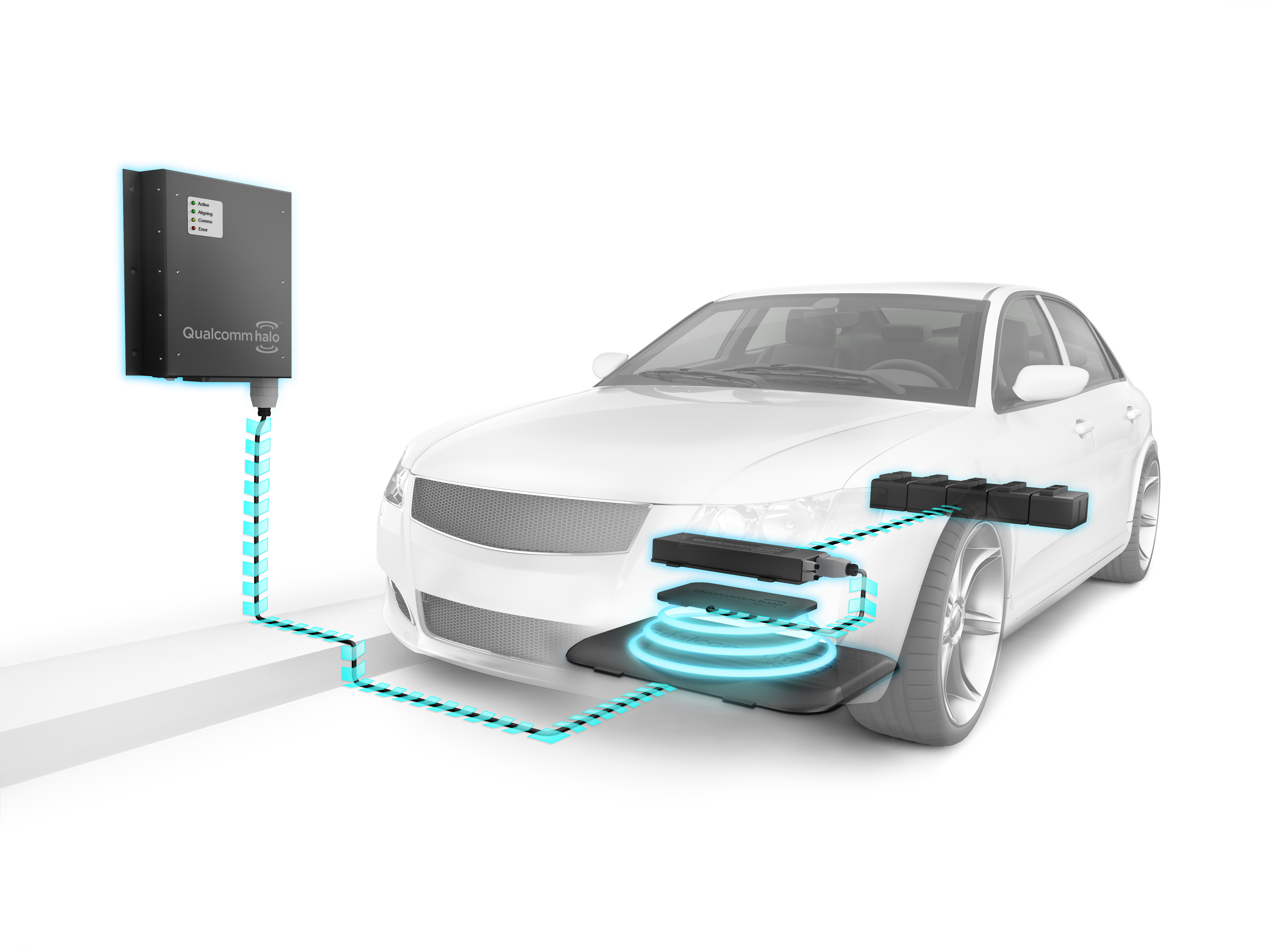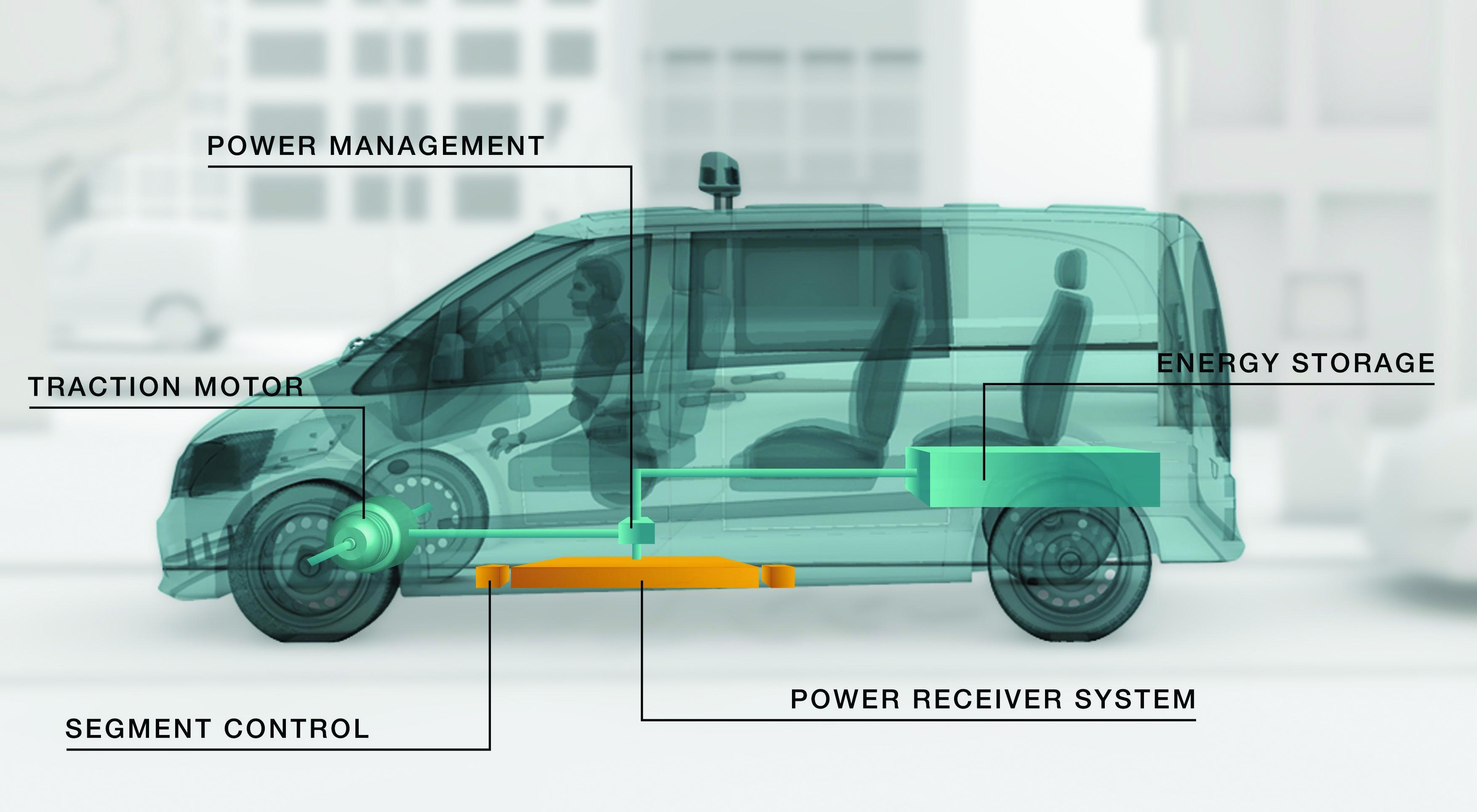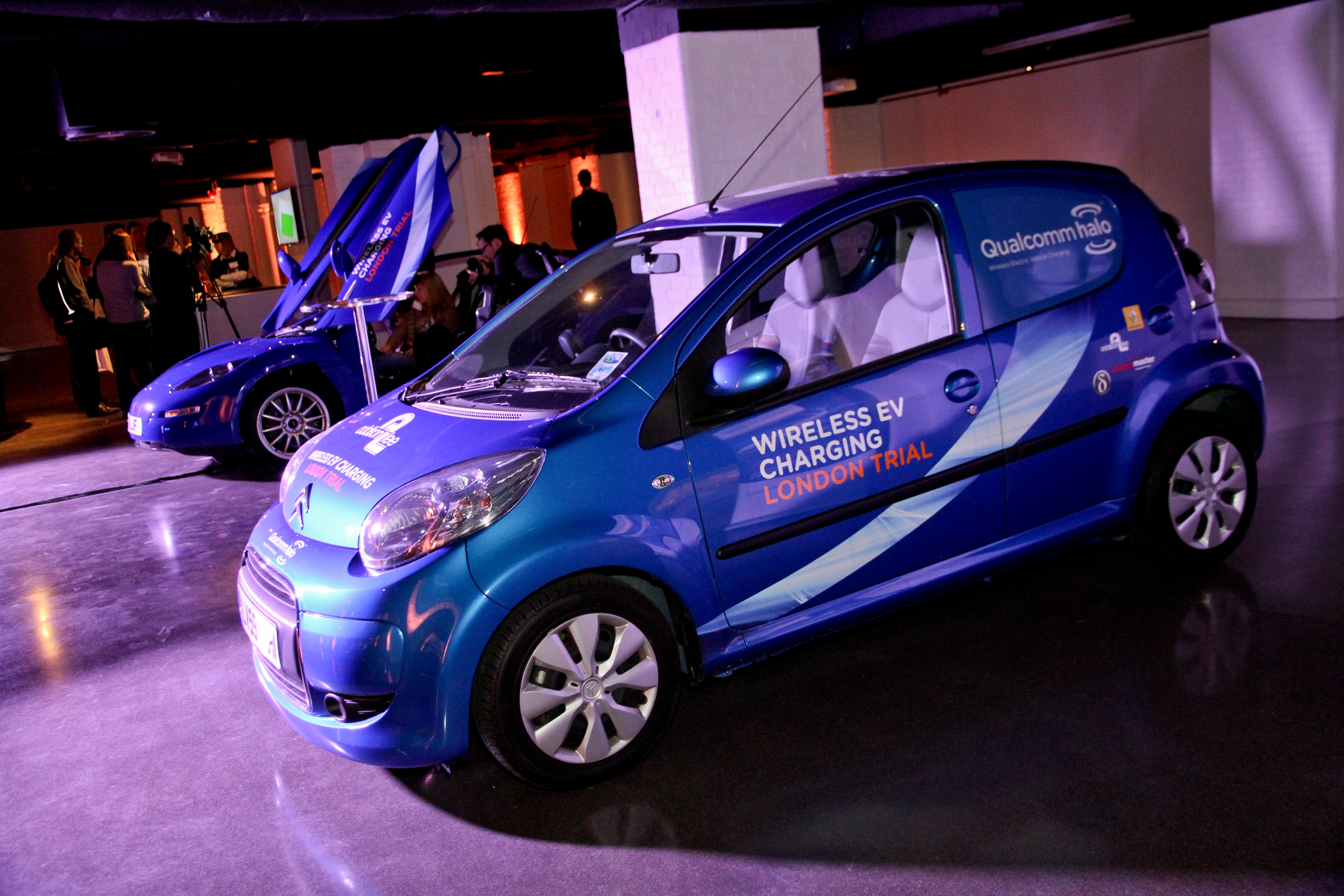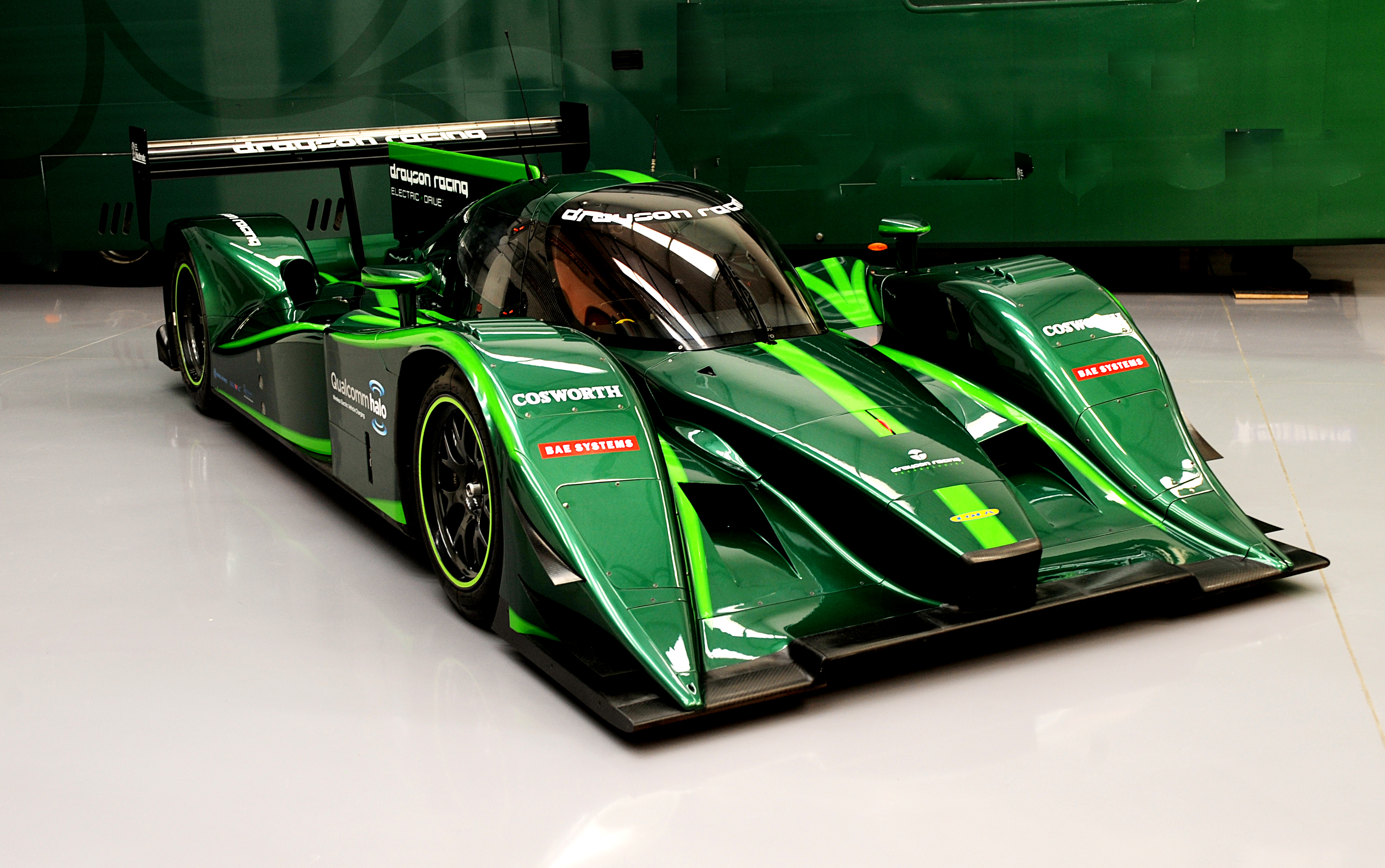Wireless inductive charging could help popularise electric vehicles (EVs) by making it quicker and easier to top up the battery. If the technology could be installed into roads, it might even be possible to charge EVs as they’re driving, a process known as dynamic charging.
The system creates a localised electromagnetic field around a charging pad, which is activated when an electric vehicle with a corresponding pad is positioned above it. The field induces a current in the receiving pad, supplying current that recharges the battery.
The technology is still in its infancy and there are plenty of questions remaining over how it will work. We put some of those queries suggested by readers to our panel of experts involved in developing wireless charging.
The panel includes:
- Peter Stolte, automotive business development director for Bombardier’s Primove wireless charging technology, which is being rolled out at several test sites in Europe for dynamic charging with electric buses.
- Joe Barrett, senior director of marketing at Qualcomm Europe, which is trialling its Halo technology in London with partners including Renualt, Delta Motorsport and taxi firm Addison Lee.
- Dr Anthony Thomson, vice president of business development at Qualcomm, who has been involved in commercialising the technology since it was spun out of the University of Auckland 10 years ago.
- Angus Lyon, chief engineer of electric drivetrains at Drayson Racing Technologies (DRT), which is working with Qualcomm to develop wireless charging for the upcoming Formula E electric motor racing series.
Why do we need wireless charging?
The big OEMs [original equipment manufacturers] are not investing so much anymore in complete battery electric vehicles but more into the combination of electric with combustion engines. The problem is, Toyota has reported that with their plug-in hybrids people don’t use the cables to charge the batteries because they have the combustion engine on board and they would rather go to the petrol station. So now everybody is going for automatic charging.
Peter Stolte, Bombardier

What is the efficiency of energy transfer compared with cable-connected charging?
The efficiency of Qualcomm Halo WEVC technology is comparable to conductive charging systems at similar power ratings. The industry target is for a commercial WEVC system to be 90% efficient and above. A very high quality conductive charging system could have efficiency figures in the mid-nineties due to losses in isolating and control circuitry, components, connectors and cabling. However, some conductive charging systems are reported to have losses around 15% or more. It is accurate to say that conductive charging will usually be 1 or 2% more efficient than wireless. As power increases say from 3.3kW to 6.6kW and up to 20kW the charging efficiency can increase since the standing losses are the same for all power levels. For example, the 7kW system on the Rolls Royce Phantom 102EX Experimental Electric Vehicle was shown to operate at over 90%.
Joe Barrett, Qualcomm Europe
How quickly can wireless technology charge an average EV battery?
Charging times between wireless and plug-in charging are the same as it depends on the power rating of the charging system. For example the Qualcomm Halo WEVC systems at 3.3kW and 7kW are suitable for home charging, 7kW is ideal for public charging and 20kW for fast charging. If a 27kW battery was depleted to 6kW then it would need 21kW of charge. Charge time is then a simple case of dividing the energy required by the amount of power transferred into the system. So at 3.3kW the charge time would be around six and a half hours. The charge time would reduce to a little over three hours if the power level was 6.6kW.
Joe Barrett, Qualcomm Europe

How do you prevent the electromagnetic field from causing electrical interference or potentially even impacting human health?
It’s how you deal with the field and contain it that’s the all-important thing. So we’ve spent many years perfecting the magnetic structure of the pads, which shapes a particular magnetic field very well and it’s very contained. We also put a lot into understanding where the field goes. You really can’t tell where they’re going to go in the car until you put them on the car for an assessment. So we go to a lot of effort to model each vehicle that we’re putting the system on and put that into a big simulation to predict where the field flows, where the stray field is, what the levels all around the car are. And then we test it in real life and that way we can understand fully where the field is going. From that step we can look at making modifications to the pad architecture to contain the field as a last step before we put it on the vehicle.
Dr Anthony Thompson, Qualcomm Halo
What might be the implications of having many chargers in one location such as a car park?
If you’ve got a stray field heading into another stray field, unless you simulated it you wouldn’t know whether it was going to be additive or nullifying. If the fields were out of phase, for example, you would get a zeroing out effect. I would think that when we put these things into car parks next to each other they’d be far enough away. At the edge of the car the field is very, very minimal.
Dr Anthony Thompson, Qualcomm Halo
How vulnerable are people with pacemakers or other electronic implants that would be affected by electromagnetic fields and how do you protect them?
That’s another area in which we do a lot of simulation and testing. We’ve also done a lot of work in understanding from the manufacturers of medical devices what sort of limits they build to and shield for. There’s not a set of rules that says wireless charging must meet certain regulations for pacemakers. So one of our roles is to help the regulators understand and develop those guidelines. At the moment what we’ve done is talk to manufacturers – I think there’s over 1000 different models on the planet – to understand what they build to and we shield for that.
Dr Anthony Thompson, Qualcomm Halo
How much does the technology currently cost to manufacture and how much do you envisage selling it for?
Cost of the WEVC components will be dependent on the specification required by each auto manufacturer. Our business model is to license our WEVC technology to auto industry suppliers to ensure a competitive and dynamic market for wireless charging. These suppliers will set the market price for the Base Charging Unit (BCU) and the Vehicle Charging Unit (VCU) equipment. We believe a vibrant and competitive supplier market will ensure competitive pricing so that wireless charging will eventually be comparable to conductive charging.
Joe Barrett, Qualcomm Europe
How do you hope to develop the technology further?
Once static WEVC charging has been introduced we see development moving on to semi-dynamic charging. This is slow moving charging that is suitable for vehicles like taxis that are moving slowly to the front of the taxi queue. Charging would be activated once the vehicle is roughly aligned above each pad with pads turning on then off as the taxi move over them. A conductive plug-in system would be totally unworkable for this kind of EV charging. Semi-dynamic charging could also be implemented at traffic lights or road junctions where vehicles are slow moving or stationary for a few minutes.
The next step from semi-dynamic is Dynamic Electric Vehicle charging (DEVC) technology, which involves charging a vehicle ‘on the move’ through inductive charging technology embedded into the roads. Dynamic charging is currently a Qualcomm R&D project and the next step will be to build a full-scale test track. This will provide us with experience of the deployment criteria needed and test our unique DEVC design.
Joe Barrett, Qualcomm Europe
How do you envisage the technology might be employed for dynamic charging?
There will always be a need for stationary charging because sit around a lot. But very definitely the idea of being able to pick up charge as you drive between two cities, which would remove the range anxiety, is a big vision for us. Keeping the energy in the grid, reducing battery size and making the cars cheaper and lighter is a much better proposition for people.
I would think initially dedicated lanes on trunk roads and ring roads would work. But there’s no reason why we couldn’t roll infrastructure out to smaller roads and key routes people are using to commute. I guess it will reveal itself as we go on.

Dr Anthony Thompson, Qualcomm Halo
For dynamic charging to be successful it will need global, regional, country and governmental initiatives to ensure that the right business models are possible for companies to invest in the network and infrastructure. This could be viewed as a similar business to the mobile phone industry where “service” is delivered via a number of competing companies and the drivers can decide which charging lane they drive in while paying as they charge or via a flat monthly charging fee.
Joe Barrett, Qualcomm Europe
The possibility of putting conductive solutions into the ground on a dynamic basis are quite complicated, especially the safety aspects when you put high voltage into the ground. For trams, what we see right now is where general public spending has gone back a bit worldwide and there are no real investors who want to test this technology by putting in a few million we have a problem with finding the first test site.
For buses, dynamic charging is still very expensive, even compared with large batteries. On the other hand, if you look at certain high-frequency bus routes and you combine a charging station with somewhere many buses stay for a few minutes then suddenly you get a TCO [total cost of ownership] that is really interesting.
For cars, it’s difficult to envision a business model. I don’t see a real stakeholder for this type of infrastructure. But the EU is sponsoring a very wide research programme for dynamic charging on roads. I understand Germany is foreseeing the need to replace a lot of road infrastructure in the next 20 years and they are looking for a future-safe way to invest in new infrastructure.
We always thought the nearest possibility would be a combined dynamic and static bus charging system where you have a dynamic element on parts of a bus route where the bus needs to go up a hill and needs a boost. But the technology is still not cheap enough yet so we have to find ways to make it cheaper.
Peter Stolte, Bombardier

Why would wireless charging be suitable for electric motor racing?
Wireless charging offers a very convenient, high power and safe solution that can be easily integrated into racing cars. This will simplify the charging procedures necessary when these cars are taken racing and improve safety due to the lack of loose cables and exposed connectors within the pits. It also offers some very exciting possibilities for the future in the form of dynamic wireless charging which will allow the cars to charge whilst racing around the track and thus result in a reduced or even eliminated need to stop the cars for recharging.
Angus Lyon, Drayson Racing Technologies
What are the particular challenges or opportunities wireless charging technology presents for EV racing car builders?
The main challenges are the integration of the system into the car mechanically as well as increasing the charging power while reducing the weight of the on-car components. While mechanical integration can be achieved with a basic ‘bolt on’ installation, motorsport offers the potential to develop systems that are much more integrated into the chassis design than current solutions. Likewise raising the power levels without corresponding weight and bulk increases requires the technology and efficiency to evolve. Motorsport applications will push the development rapidly, forcing the mechanical and materials development of the system resulting in lighter, efficient and highly reliable systems.
Angus Lyon, Drayson Racing Technologies
Are there any plans to implement the technology into the upcoming Formula E electric motor-racing series?
Qualcomm is the official Drayson Racing Formula E Team launch partner and Drayson were the first team to announce they would be entering the FIA Formula E championship. Drayson Racing has been evaluating a specially developed, 20kW, high power Qualcomm Halo wireless charging system on the Drayson B12/69EV prototype electric racing car over the past 6 months. We are partnering with Drayson to bring both WEVC and DEVC to Formula E racing in order to demonstrate the effectiveness of the technology for charging high performance electric vehicles.
Joe Barrett, Qualcomm Europe
We’re looking longer term at how we can fold the dynamic charging into motor racing so ultimately you could end up with races that could be same length as traditional racing, say a full 90 minutes rather than the suggested format Formula E has at the moment, which is two cars swapped half way. While it’s great that Formula E is going on and helps the public understand electric vehicles aren’t little noddy cars, the idea that they could charge continuously round a track and there’s no impediment to charging is a really strong message.
Dr Anthony Thompson, Qualcomm Halo




Red Bull makes hydrogen fuel cell play with AVL
Surely EVs are the best solution for motor sports and for weight / performance dispense with the battery altogether by introducing paired conductors...